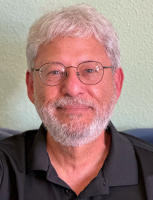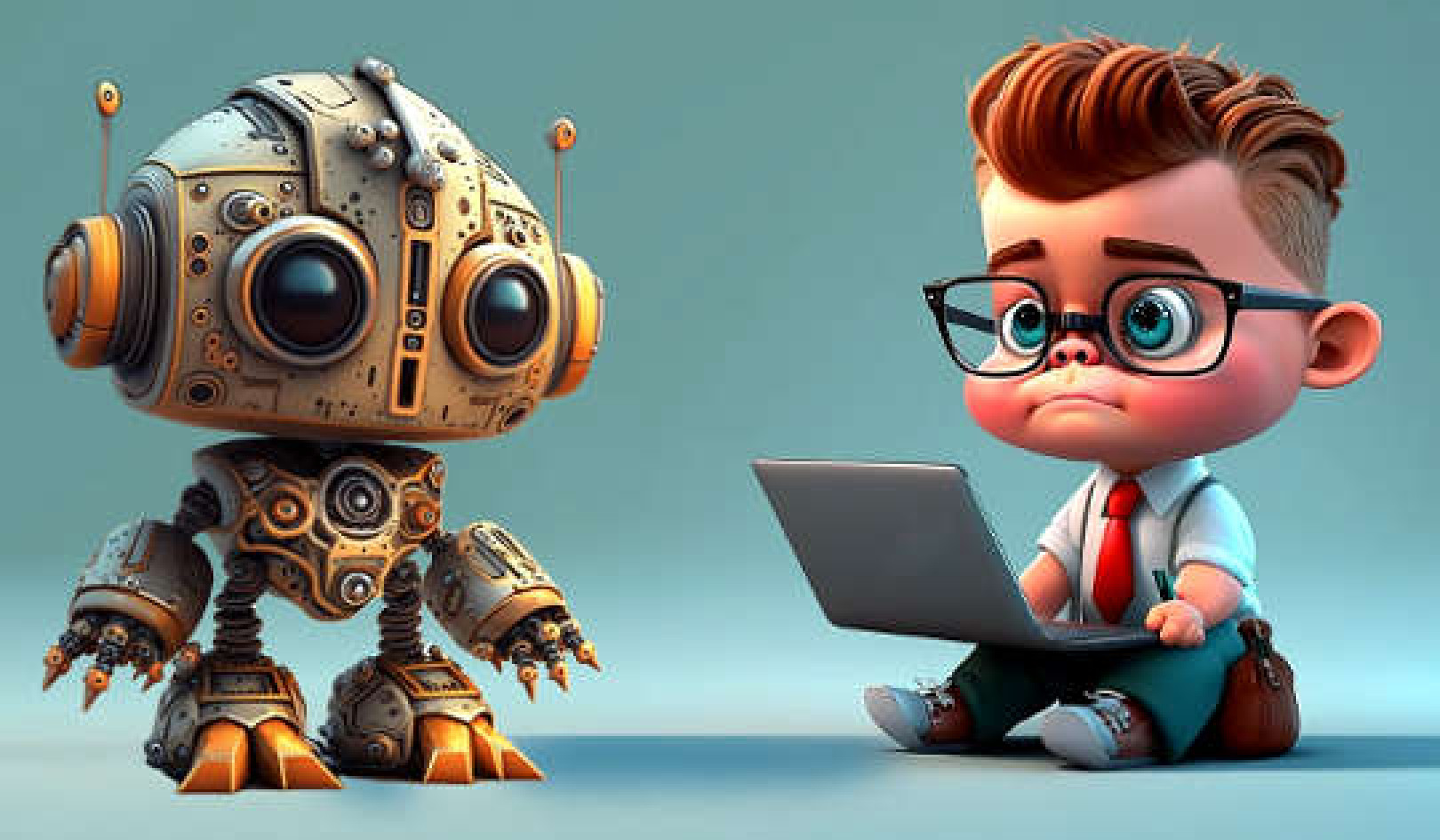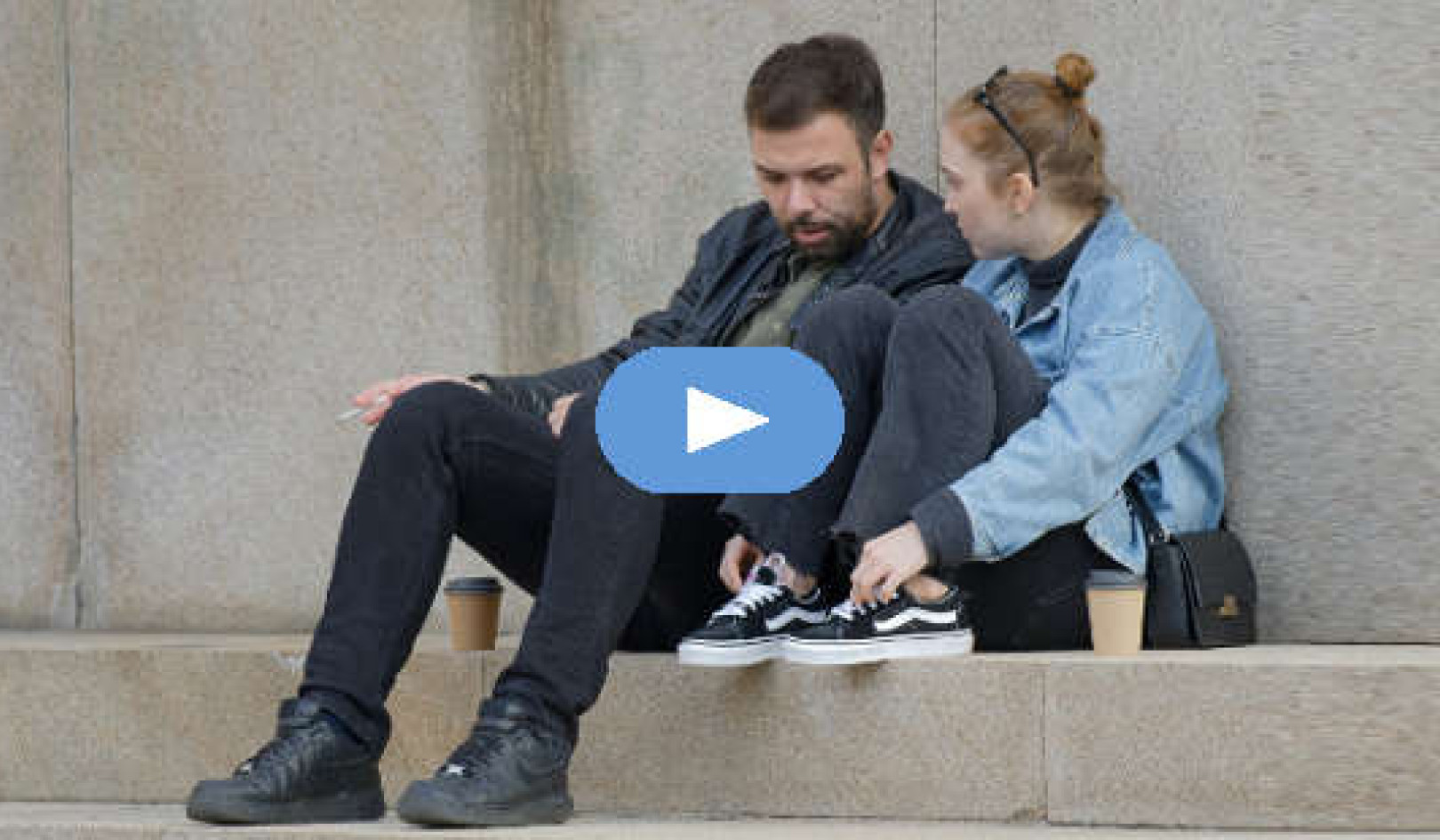
Image by Kevin Amrulloh
According to recent polls, most Americans believe there is a mental health crisis whose major sources of stress are personal finances, current and political events, and work stressors. The rising sense of isolation, fear, and paranoia — especially in the aftermath of a pandemic, an opioid drug outbreak, a war in Europe, and political upheavals — adds to our disconnection from psychosocial and spiritual sources of support.
No wonder most of us feel traumatized by what seems like an out-of-control life. But the good news is there is something we can do.
Stopping Uncontrolled Thoughts: the RUBI Solution
Most of us have experienced moments when the mind seems lost. Yet somewhere in the background, behind our fears and anxieties, we may think, “If only I could shut this off.” This surprising viewpoint, which many call the observer's mind, sees things in a calmer way, outside the mental storm. Its ability to recognize ongoing anxieties suggests its center remains serene, experiencing things for what they are, not what is imagined.
Philosophies, therapies, and metaphysical paths identify and focus on the ego as the creator of mind storms, and its undoing as the answer to the singular psychological basis of human suffering. As the ego dissolves, the observer’s mind remains, free from fear and reflecting our innate, creative nature.
To achieve this state of mind, there are four common steps I call the RUBI solution:
-
· Recognizing the illusion of separation
-
· Understanding what you face
-
· Finding the right Balance
-
· Implementing answers
Looking at RUBI In Depth
Following RUBI's four essential steps will take you from an uncontrolled, chaotic mind into a creative mind:
1. Recognizing the Illusion of Separation
The first step in transformation is recognizing a problem exists. Most of us on our journey of development and discovery learn to respond to life from a false sense of self. This created identity makes us volatile, irresponsible, uncaring, fearful, and depressed.
Yet it is also possible to recognize a more genuine, calmer, and caring aspect living within. When you identify with this alternative perspective, you put yourself on the path to a more genuine and joyful life. Any solution to the uncontrolled mind begins by recognizing the distinction between an ego created to protect our initially vulnerable self and the genuine nature that you are.
This distinction is considered an illusion in that circumstances have hypnotized the mind to believe it is true. The illusion begins when circumstances go awry and place you in apparent psychological danger. To avoid or minimize such dangers, you grow a shield of beliefs, expectations, and responses around your fragile sense of self.
This protective shell, or what I call the virtual me, is the constellation of thoughts, expectations, and perspectives that coalesce and harden out of the rational, emotional, and action-based responses to the ongoing concerns you face following birth.
As the virtual me grows in strength and hardens into your ego, it overshadows and obscures the true openness that you are. In modern parlance, it is as if you create an avatar to deal with the world, while the actual self hides behind a wall of fear.
2. Understanding What You Face
Understanding the problem means knowing what you face and having a sense, cognitively, emotionally, or physically, that the core of the issue is a separation between our self-constructed “ego,” which arises out of self-protection, and the true, open nature of our being.
Protecting the vulnerability of our openness and sensitivity is a normal aspect of active awareness. But when it gets stuck in protective mode, that's when an uncontrolled mind shows up. This is a “bug” in the code; the mind’s version of saying, “If the only tool is a hammer, then every problem looks like a nail.”
If your only tool is a protective function, then every situation looks like a problem that needs to engage such protection. But consider a life where you don’t perceive things as problems or needing protection. You see the disagreement with your spouse as an opportunity to show how much you care for them, or the paper due in class as a chance to learn something new. Imagine the relief such an attitude brings, and how much more smoothly and productively your life might run.
Creative individuals perceive problems as opportunities to learn, grow, improve, or change in ways that leave them better off than before. In reality, this change in perspective alters nothing other than interpreting the information you are processing. It is a choice, which means that the “bug” in the code occurs in the way you use your mind and is imminently correctable.
3. Finding the Right Balance
Finding balance means realizing that the uncontrolled mind and the creative mind are two sides of the same coin. The creative mind reflects everyday functioning and lives in the present moment. The uncontrolled mind emerges when the mind tries to solve specific problems while accessing the past or looking into the future and becomes snagged by its protective function. The solution is to find the right “balance” by training and guiding the uncontrolled mind back to a more natural, controlled, and creative state.
The extraordinary yet normal unfolding of the mind in infancy, adolescence, and continuing into adulthood is the essence of your original and creative mind. It is an attitude and actions arising in response to living.
* The creative mind defines the core of who you are when living a natural and authentic life, one centered on present-moment living.
* The uncontrolled mind focuses on past and future to resolve problems and becomes easily dysfunctional when this turns obsessive and the issue at hand can't be resolved.
The constraints create a kind of cage for the thinking mind, which studies show uses many styles of thinking from abstract, analytical, creative, concrete, critical, convergent, divergent, associative, insightful, to experiential and incessant thoughts. It is a bewildering array of resources for thinking about the past, present, and future. Somehow it all works until it doesn’t, and typically that's because problem-solving is limited to past and future solutions that depend on autobiographical, or self-centered, memories.
4. Implementing Answers
While many solutions have been proposed for transforming the uncontrolled mind, perhaps one of the most effective and easily achievable is meditation and focusing on the present moment. Implementing answers begins by accepting the perspective that the temporal nature of thought — living in the past, present, or future — is key to rapidly and effectively transforming the uncontrolled mind and harnessing the energy for creative living.
Living in the present changes the focus from past and future, and from autobiographical memories to the unnecessary need for memory functions. Awareness of the moment grounds you on what is happening now and puts the actions of the uncontrolled mind in the proper context., Grounding the mind in the “now” changes your relationship to those unhealthy thoughts, actions, and behaviors that interfere with current life, and positions you in the open space of creative energies.
A Path to Openness
The uncontrolled mind and the creative mind are two sides of the same dynamic. The uncontrolled mind simply focuses on the past and future, while the creative mind is more at home in the present. Dwelling on the past and future occasionally gets the mind snagged in a protective function that can become dysfunctional because it is memory-dependent.
The solution is not to get rid of this uncontrolled mind, but to use present-moment centering to place its functioning in the proper context. Training and guiding the obsessive mind back to this original and unencumbered state makes it possible to deal with the challenges of living in the moment. It is a direct path to the openness inherent in your being. As you inhabit this openness, love, compassion, and kindness flow naturally into it.
Copyright 2023. All Rights Reserved.
Printed with permission of the author.
Book by this Author: Controlling Mental Chaos
Controlling Mental Chaos: Harnessing the Power of the Creative Mind
by Jaime Pineda, PhD.
 Readers will learn how to use simple, time-tested techniques to control anxiety and recover their creative nature.
Readers will learn how to use simple, time-tested techniques to control anxiety and recover their creative nature.
For centuries, spirituality has told us that the answer to life’s problems lies within us, if only we would realize that we are more than what we imagine. Now, scientific understanding is showing us the way. Jaime Pineda teaches us how to recognize the basic problem and find the solution through a series of steps and techniques that help bring us out of the loops and recover a cleaner mindset that enables us to move beyond the static of anxiety.
For more info and/or to order this hardcover book, click here. Also available as a Kindle edition.
About the Author
 Jaime A. Pineda, PhD is Professor of Cognitive Science, Neuroscience, and Psychiatry at the University of California, San Diego, and the author of many widely cited papers in animal and human cognitive and systems neuroscience, as well as two books of poetry on mind-brain relationships with an emphasis on spirituality, mysticism, environmentalism, and social activism.
Jaime A. Pineda, PhD is Professor of Cognitive Science, Neuroscience, and Psychiatry at the University of California, San Diego, and the author of many widely cited papers in animal and human cognitive and systems neuroscience, as well as two books of poetry on mind-brain relationships with an emphasis on spirituality, mysticism, environmentalism, and social activism.
Learn more at the author’s website. His new book is Controlling Mental Chaos: Harnessing the Power of the Creative Mind.

























